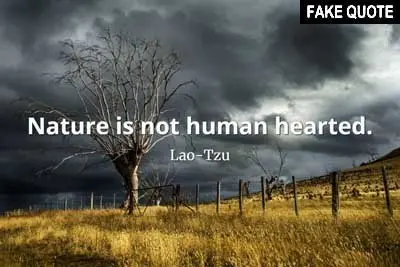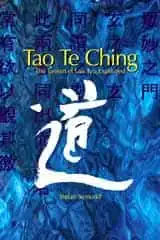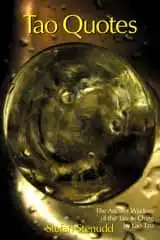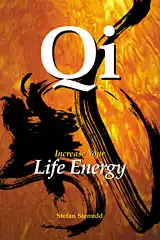|
Tao Te Ching
THE TAOISM OF LAO TZU
|
Fake Lao Tzu Quote"Nature is not..."
This is NOT a quote from Tao Te Ching:"Nature is not human-hearted."
Human-hearted is a weird expression. Human hearts can be of so many kinds, whether we mean emotions or mentality. It is hard to figure out what would be a quality of the heart shared by the whole species. But there is a Chinese word sometimes translated with the expression human-hearted: ren, which means to be humane, benevolent, or simply kind. It was used as an ideal by Confucius and other ancient Chinese thinkers, including Lao Tzu.
In a way, that is true. Lao Tzu pointed out that there is a grand scale of things in which individual needs do not matter. Tao works in its own manner, whatever we think about it or might hope for. In the grand order of the world, humans and their fates are really insignificant. Heaven and Earth are the two parts that together form the whole world. Like the rest of humankind at that time, ancient China had a geocentric view, with the earth in the center and everything visible of the cosmos out there simply being its surroundings. But there were in Lao Tzu's eyes dynamics between Heaven and Earth, described in the same chapter. Between them, all things and lives emerged:
Then the quote discussed here could be understood as a version of the first line of chapter 5. And it is. In literature using the quote it has often been referred to as from this chapter. Also in the oldest mentioning of it that I have found in print, which is from 1962. It is in the UNESCO series Impact of science on society, XII, 3 (page 194), in an article by Alan Mackay called "An Outsider's View of Science in Japan." He interpreted the quote to mean that nature was not anthropomorphic in the Taoist perspective, and therefore people of the East have found it easier than those in the West to accept scientific revelations about evolution, heliocentricity, and relativity. That is a bold interpretation, at least in reference to the quote discussed here. Unfortunately, Mackay did not mention from what version of Tao Te Ching he got the quote, and I have not been able to find it. In his list of references, the one book that seemed plausible to contain the quote — The Ways of Thinking of Eastern Peoples from 1960, by Hajime Nakamura — does not. Maybe Mackay paraphrased some Tao Te Ching version, but it is still odd that he would choose the expression "human-hearted." He might have done so to increase the contrast between nature and humans, for the sake of his theory. It is also possible that he made his own translation of the Chinese original, which would have given him the opportunity to find the English expression for ren fitting his thoughts the best. Mackay's article might not have found that many readers, but in 1977 the quote with the same accreditation was published in The Harvest of a Quiet Eye: a Selection of Scientific Quotations (page 91). The selection of the quotations had been made by the same Alan Mackay. A new edition was published in 1991 with the shortened title A Dictionary of Scientific Quotations. The quote also found its way into other dictionaries of quotations — and later on, the Internet.
Stefan Stenudd September 19, 2020.
More Fake Lao Tzu QuotesThere are many more fake Lao Tzu quotes examined on this website. Click the header to see a list of them.
Fake interview with the authorClick the header to read a "fake" interview with Stefan Stenudd, the author of Fake Lao Tzu Quotes.
About CookiesMy Other Websites:I Ching OnlineThe 64 hexagrams of the Chinese classic I Ching and what they mean in divination. Try it online for free.
Qi Energy ExercisesThe ancient Chinese life energy qi (chi) explained, with simple instructions on how to exercise it.
Life EnergyThe many ancient and modern life force beliefs all over the world explained and compared.
Taoismen på svenska
Other Books by Stefan StenuddClick the image to see the book at Amazon (paid link).
The Greek philosophers and what they thought about cosmology, myth, and the gods. |
 Tao Te Ching
Tao Te Ching Now it's a book, too!
Now it's a book, too! Tao Quotes
Tao Quotes Cosmos of the Ancients
Cosmos of the Ancients Qi — Increase Your Life Energy
Qi — Increase Your Life Energy Aikido Principles
Aikido Principles Life Energy Encyclopedia
Life Energy Encyclopedia Archetypes of Mythology
Archetypes of Mythology Stefan Stenudd
Stefan Stenudd